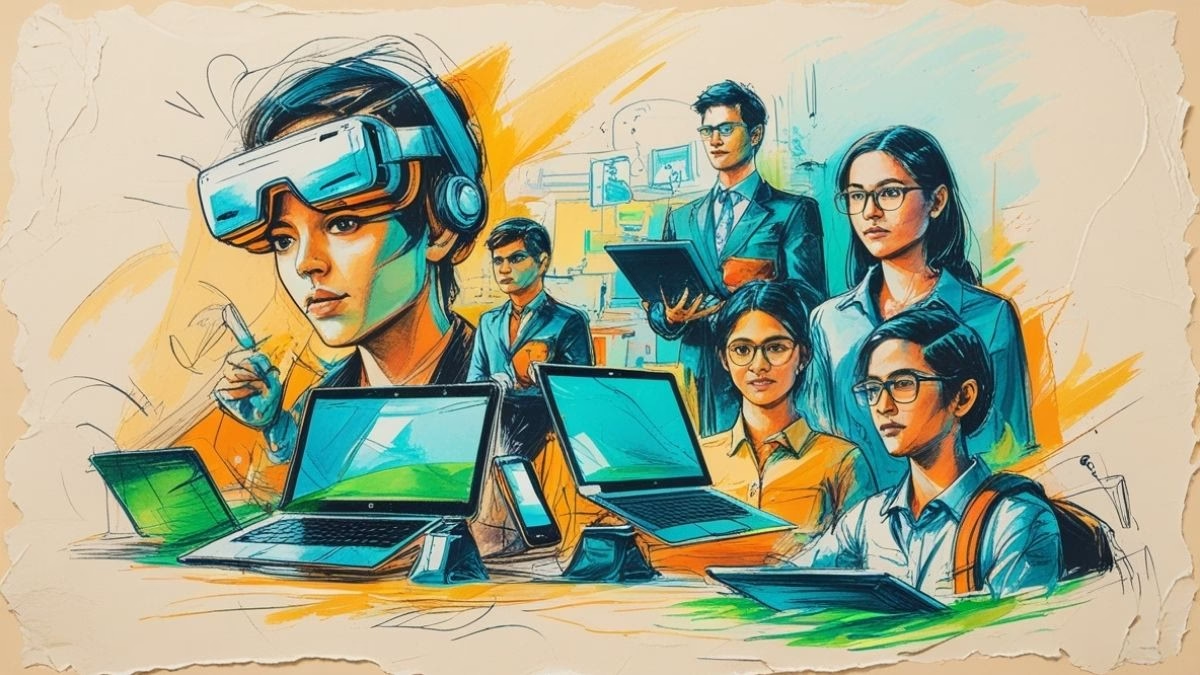Strategies for Mastering Exam Reading
Welcome to your reading comprehension workout! The reading sections on international exams are a test of both your understanding and your speed. You’ll be faced with dense, academic passages on a variety of subjects, and you’ll need to work efficiently to answer all the questions. The key isn’t to read faster, but to read smarter.
Here are some essential strategies to incorporate into your practice:
- Skim for the Main Idea: Before you read carefully, quickly skim the passage. Read the first and last paragraphs, and the first sentence of each body paragraph. This will give you a mental outline of the text’s main argument and structure in under a minute.
- Active Reading: Don’t just let your eyes glide over the words. Be an active, critical reader. Ask yourself questions as you go: What is the author’s main point in this paragraph? What is the purpose of this example? Underline key phrases or make brief notes in the margin.
- Understand the Question: Before you hunt for the answer, make sure you understand what the question is asking. Is it asking for a specific detail, the main idea, an inference, or the meaning of a word? The type of question dictates your approach to finding the answer.
- Time Management: Pacing is crucial. You have a limited amount of time for a whole set of passages and questions. For a passage of this length and 10 questions, you should aim to complete the entire exercise in 18-20 minutes. This gives you about 6-8 minutes for reading and just over a minute per question.
Today’s passage explores the impact of technology on modern education. Apply these strategies and see how you do. Let’s begin!
Reading Passage
[ppp_patron_only level=5]
The landscape of modern education is undergoing a seismic shift, driven by the relentless march of technology. The traditional paradigm of a teacher lecturing to rows of passive students is being systematically dismantled and replaced by a more dynamic, personalized, and interactive model. This transformation, often referred to as “EdTech,” is not merely about digitizing textbooks or using electronic whiteboards; it represents a fundamental rethinking of pedagogical approaches and the very nature of the classroom.
One of the most significant advantages offered by educational technology is the capacity for personalized learning. Adaptive learning platforms, powered by artificial intelligence, can tailor educational content to the specific needs and pace of each student. These systems can analyze a student’s performance in real-time, identifying areas of strength and weakness. If a student is struggling with a particular mathematical concept, the platform can provide additional explanatory materials, practice problems, and video tutorials. Conversely, if a student demonstrates mastery, they can be presented with more advanced challenges. This stands in stark contrast to the one-size-fits-all model of traditional instruction, which often leaves both struggling and gifted students feeling disengaged. By allowing students to learn at their own pace, technology fosters a greater sense of autonomy and ownership over their education.
Furthermore, technology has democratized access to information on an unprecedented scale. With an internet connection, a student in a remote village can access the same digital libraries, scholarly articles, and expert lectures as a student at a top-tier university. Massive Open Online Courses (MOOCs), offered by prestigious institutions, have made high-quality education available to millions worldwide, often for free. This ubiquity of information fundamentally changes the role of the teacher from a “sage on the stage” to a “guide on the side.” The focus shifts from dispensing information to helping students develop the critical thinking skills needed to navigate, evaluate, and synthesize the vast sea of data at their fingertips.
However, the integration of technology into education is not without its challenges. The most formidable of these is the “digital divide”—the gap between those who have ready access to computers and the internet, and those who do not. This disparity can exacerbate existing socioeconomic inequalities, creating a new class of educational disadvantage. If schools and curricula become heavily reliant on technology that students lack at home, the divide deepens. Furthermore, there are valid concerns about the potential for technology to be a source of distraction. The same device that offers access to a world of knowledge also provides endless temptations in the form of social media, games, and videos. Cultivating digital literacy and self-regulation skills in students has therefore become a pedagogical imperative.
Ultimately, the successful integration of technology in education hinges on a balanced approach. It requires robust infrastructure to bridge the digital divide, ongoing professional development for teachers, and a focus on pedagogy over shiny gadgets. Technology is a powerful tool, but it is not a panacea. Its true value is realized not when it simply replaces old methods, but when it is used to create new, more effective learning experiences that were previously impossible. The goal is to leverage technology to augment, not replace, the irreplaceable human connection between teacher and student, fostering a new generation of critical, creative, and lifelong learners.
Reading Quiz
[/ppp_patron_only]
Keywords & Phrases
Seismic shift:
What it means: A ‘seismic’ event relates to earthquakes. As a metaphor, a ‘seismic shift’ means a very large, profound, and disruptive change in something.
How it was used in the reading: The author uses this to emphasize that the change technology is bringing to education isn’t small or gradual, but a massive and fundamental transformation. “The landscape of modern education is undergoing a seismic shift…”
Pedagogical approaches:
What it means: ‘Pedagogy’ is the method and practice of teaching. ‘Pedagogical approaches’ are the different theories, strategies, and ways of teaching.
How it was used in the reading: This phrase is used to show that EdTech is changing the very core methods of how teachers teach. “…a fundamental rethinking of pedagogical approaches…”
Stands in stark contrast to:
What it means: This phrase is used to highlight a very clear, strong, and obvious difference between two things. ‘Stark’ means severe or sharp.
How it was used in the reading: The author uses this to strongly differentiate personalized learning from the traditional ‘one-size-fits-all’ classroom model. “This stands in stark contrast to the one-size-fits-all model…”
Democratized access:
What it means: ‘To democratize’ something means to make it accessible to everyone, regardless of their status or wealth. ‘Democratized access’ means that access is no longer limited to a privileged few.
How it was used in the reading: This is used to explain how the internet has made information and knowledge available to a much wider population than ever before. “Furthermore, technology has democratized access to information…”
Ubiquity of information:
What it means: ‘Ubiquity’ means the state of being present or found everywhere. The ‘ubiquity of information’ means that information is constantly and universally available.
How it was used in the reading: This explains the modern context that teachers work in. Because information is everywhere, their job is no longer just to provide it. “This ubiquity of information fundamentally changes the role of the teacher…”
Formidable:
What it means: This adjective describes something that inspires fear or respect because it is impressively large, powerful, intense, or capable. It means a serious and difficult challenge.
How it was used in the reading: The author uses this to describe the seriousness of the ‘digital divide’ challenge. “The most formidable of these is the ‘digital divide’…”
Exacerbate:
What it means: This verb means to make a problem, bad situation, or negative feeling worse.
How it was used in the reading: It’s used to explain the danger of the digital divide: that it can take existing social and economic inequalities and make them even more severe. “This disparity can exacerbate existing socioeconomic inequalities…”
Pedagogical imperative:
What it means: An ‘imperative’ is an essential or urgent thing. A ‘pedagogical imperative’ is something that has become absolutely necessary or crucial in the practice of teaching.
How it was used in the reading: The author argues that because of the risk of distraction, teaching students about digital literacy is no longer optional; it has become a necessary part of a modern education. “Cultivating digital literacy… has therefore become a pedagogical imperative.”
Hinges on:
What it means: This is an idiom that means “depends on” or “is centered around.” Think of how a door swings on its hinge; the hinge is the crucial point.
How it was used in the reading: This is used to state the most critical factor for making EdTech successful. “Ultimately, the successful integration of technology in education hinges on a balanced approach.”
Augment, not replace:
What it means: To ‘augment’ means to make something greater by adding to it; to supplement. This phrase presents a choice: should we enhance something or get rid of it and substitute something else? The author argues for enhancing.
How it was used in the reading: This phrase neatly summarizes the author’s core argument about the proper role of technology: it should be used to support and enhance the work of human teachers, not to eliminate them. “The goal is to leverage technology to augment, not replace, the irreplaceable human connection…”










0 Comments